Description
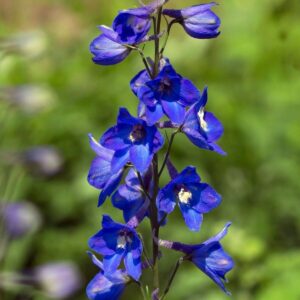 Delphinium Blue Butterfly
Delphinium Blue Butterfly
Traditional, herbaceous, short-lived perennial. Grown for their showy, single blooms, which are an attractive addition to mixed borders. Palmate, deeply cut or divided mid-green leaves. The stems terminate in flower spikes. Smaller less impressive flower spikes grow from the leaf axils lower down the main stem. Cup-shaped, bright blue flowers, sometimes with a feathery eye in the center and a stubby spur at the back of the flower. Flowering period is early summer with possibly a second flush in autumn. Flowers last well when cut and can be used for flower arrangements. Caution is advised when handling as all parts of Delphinium may cause discomfort if ingested and foliage may irritate sensitive skin. Caution. Harmful if eaten.
Type:
Perennials
Height:
Short 12-18″
Spacing:
Plant 14-18″ apart
Bloom Time:
Early Summer to Late Summer
Sun-Shade:
Full Sun to Mostly Sunny
Zones:
3-8
Soil Condition:
Normal
Flower:
Blue
Features to Note
Beneficial for Pollinators
Attracts Butterflies
Good for Cut Flowers
Attracts Hummingbirds
Rabbit Resistant
Common Name: Siberian larkspur
Type: Herbaceous perennial
Family: Ranunculaceae
Height: 1.00 to 1.50 feet
Spread: 1.00 to 1.50 feet
Bloom Time: June to July
Bloom Description: Ultramraine blue
Sun: Full sun
Water: Medium
Maintenance: Low
Flower: Showy, Good Cut
Attracts: Butterflies
Tolerate: Deer
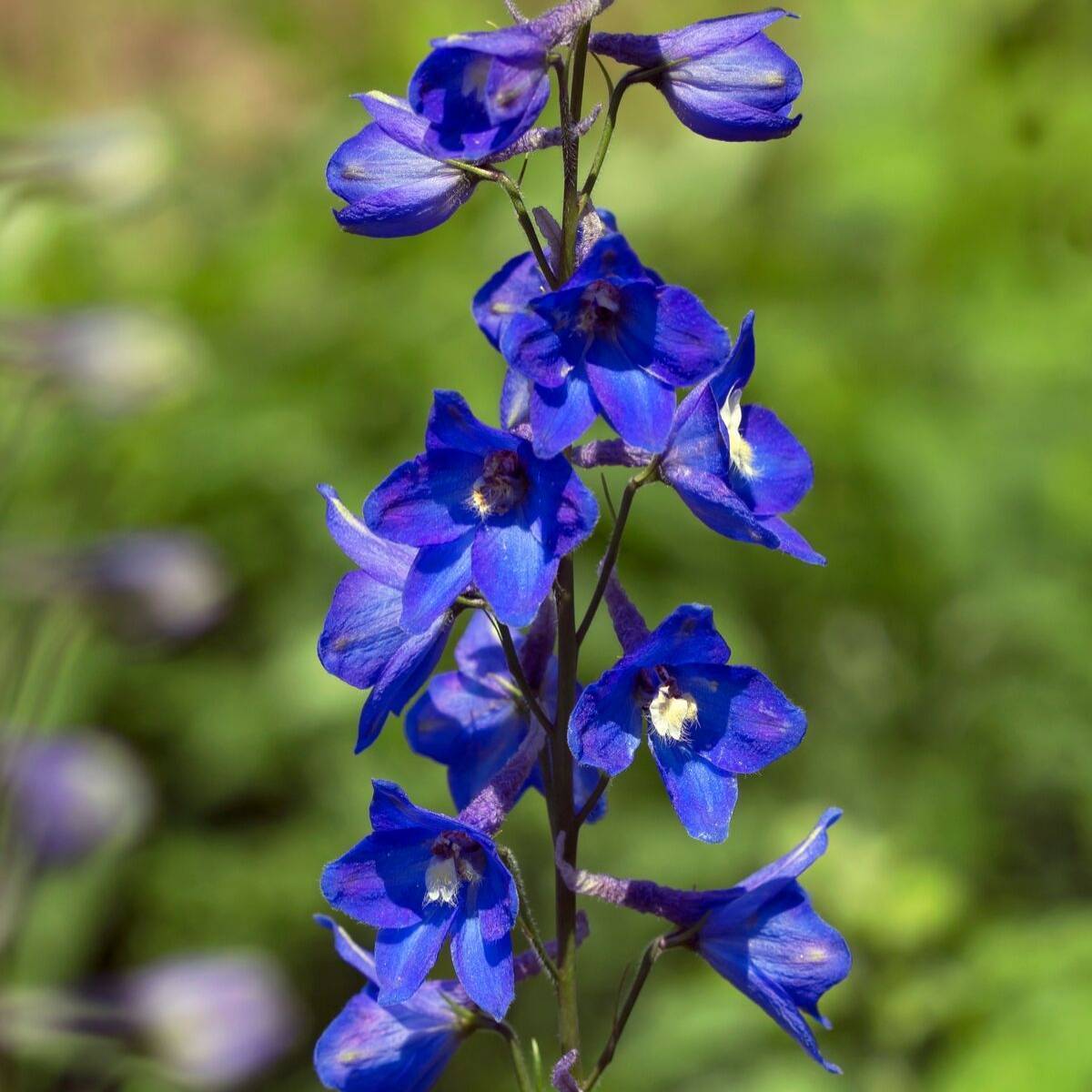
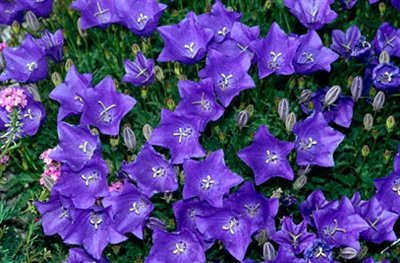
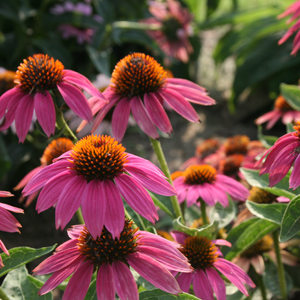
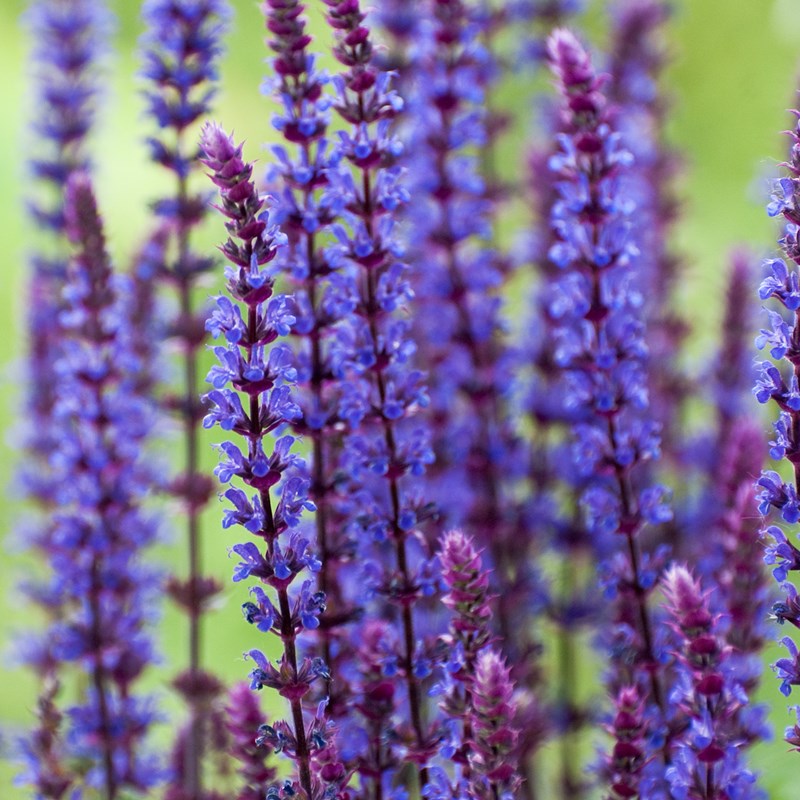
Reviews
There are no reviews yet.